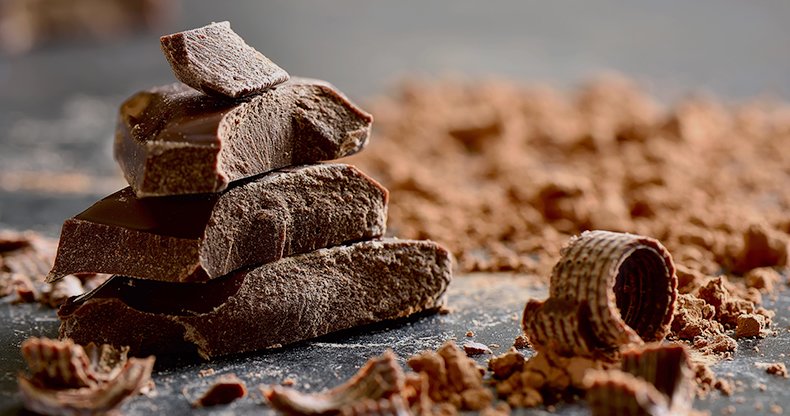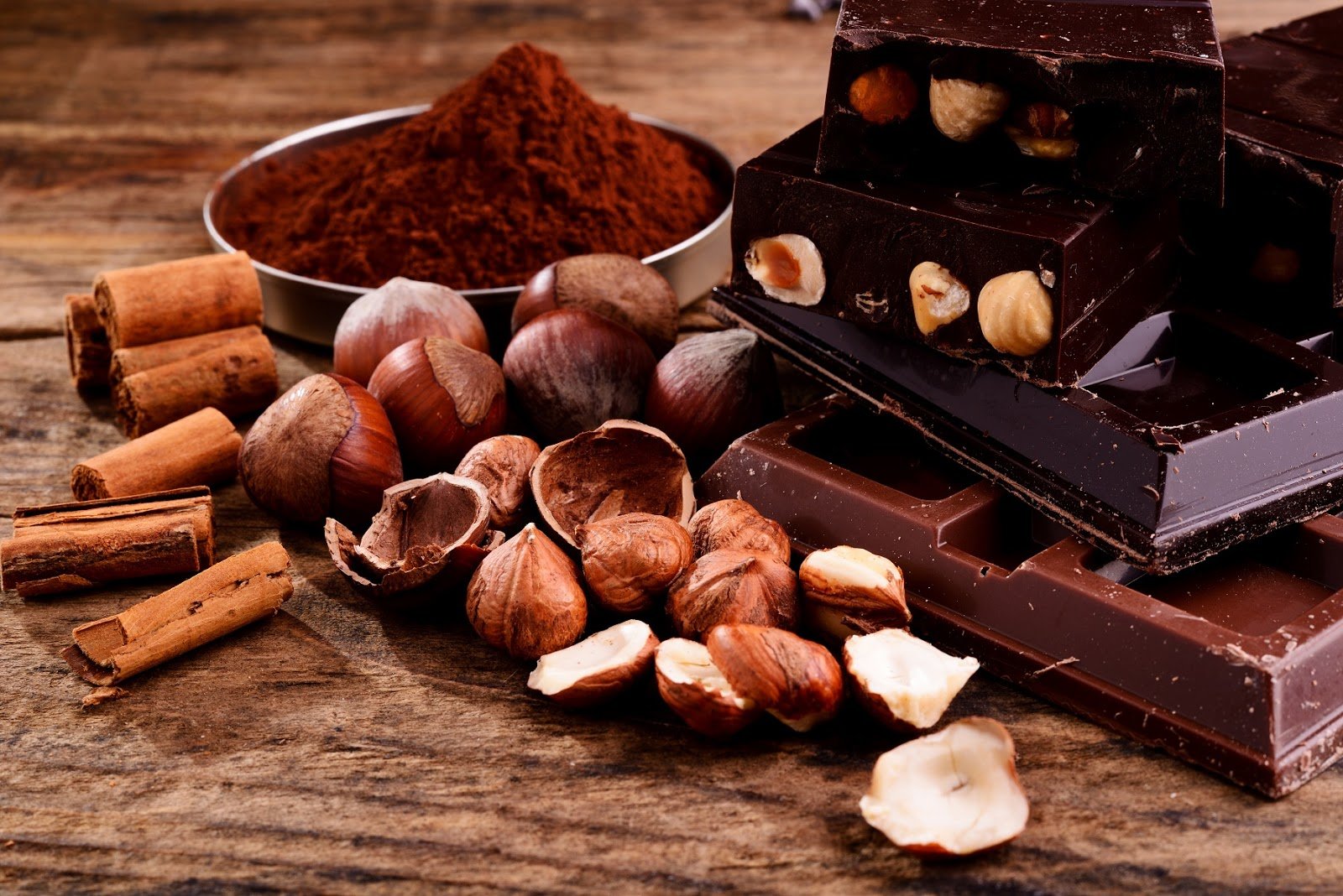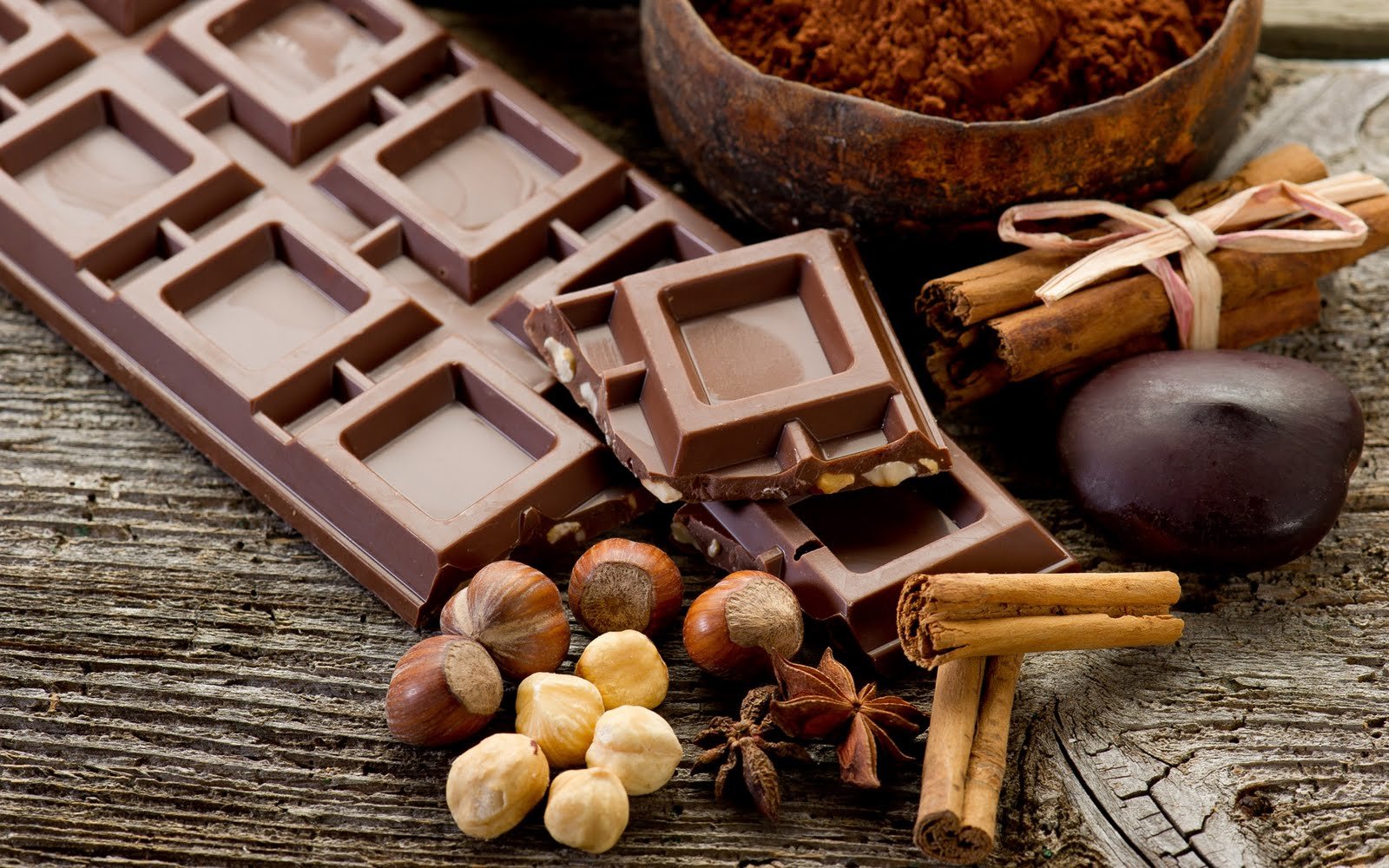
In Germany, you can find a large number of different chocolate bars, sweets and desserts on store shelves. This is not surprising as, according to statistics, every German, on average, consumes about:
- 10 kg of chocolate per year;
- slightly less than 1 kg per month;
- a whole chocolate bar every three days.
Despite the fact that Germans are big fans of chocolate, making it both tasty and decent is quite challenging for them. Consumers complain that local chocolate is often either too treacly, or alternatively tasteless. Moreover, many worry about the ingredients in German chocolate, including the presence of soy.
It turns out that in Europe (the same as in post-Soviet countries) it is allowed to add cocoa butter substitutes to chocolate. Even though, they are added in quite small quantities, such leniency is widely exploited by a range of manufacturers. As for Belgium and Switzerland, the main European chocolate gurus, they strive to adhere to tradition and refuse to put cheaper replacements in the product. It is for this reason that the same chocolates, manufactured in Switzerland and abroad, differ in taste.

Therefore, when it comes to buying a good-quality product, customers' preferences oftentimes lie with chocolate produced abroad, namely in Switzerland. In fact, specifially German chocoholics eat more Swiss chocolate than those in any other country. According to official data, Switzerland supplies the German market with almost 20% of its export. Especially popular and universally recognised are such brands as Lindt, Toblerone, Läderach, Cailler, Milka, as well as exquisite handmade chocolate Teuscher.
What you can learn from the label
So, what do the connoisseurs of chocolate quality always take into account when choosing sweet delicacies and what should other consumers also pay attention to? When buying chocolate, the first step is to study information on the label. Many famous chocolate brands list vegetable oils among ingredients – this is a tell-tale sign of the inferior quality of sweets. The same is true when some "chocolate containing dessert" masquerades as a full-fledged chocolate bar, even though it contains a handful of synthetic cocoa butter substitutes and has very little to do with a real chocolate treat, let alone a high-quality delicacy.
Actually, decent milk chocolate should contain at least 25% of cocoa products and at least 12% milk, while black chocolate should have at least 40% cocoa and no less than 20% cocoa butter. And, of course, the fewer chocolate stabilizers and artificial flavors, the better.
.jpg)
World-famous chocolatiers are trying to make chocolate appeal to several senses at once, transforming a product into an event. Therefore, when choosing sweets, in addition to the information on the label, sophisticated consumers by all means rely on all their senses to jugde its quality.
What about the look?
Quality chocolate has a shiny surface and is uniform in color. Milk chocolate should neither be too dark nor too light. As for dark chocolate, preference should be given to sweets having a noble, rich brown color. The proximity to the mahogany palette (brown, with a slightly red tint) speaks of high quality and indicates that the product belongs to the elite segment.
Authentic taste?
True gourmets know that real chocolate is able to give rise to a full spectrum of sensations. The taste of authentic chocolate is rich, the aftertaste is long, the texture is tender, melting, silky. All this allows the palate to be fully revealed, giving the connoisseurs true pleasure. If after buying a chocolate bar you are still facing doubts, it is possible to assess its quality by touch. When you are holding the real thing in your hands, it will gradually start melting. This happens because the cocoa butter melts at 31°C. However, when substitute oils are present, the shape and structure of the bar will not be affected by body temperature.
Bends of breaks?
There is another way to find out which chocolate you are dealing with: if a chocolate bar breaks with a dull sound – the product is not of the highest quality. Chocolate from the premium segment makes a clear and sharp sound. Sweets made with milk and white chocolate can bend slightly before breaking, which is associated with a larger, compared to dark chocolate, sugar and milk content. In turn, black chocolate should not have such flexibility, since in this case it will not speak in favor of quality.

You can purchase quality chocolate, based on the name and reputation of the manufacturer. It is highly recommended to buy sweets in stores owned by the brand, as well as from official representatives and trusted distributors. You can also find top chocolate brands across the network of duty free shops, whose product range is now available with Mydutyfree service.